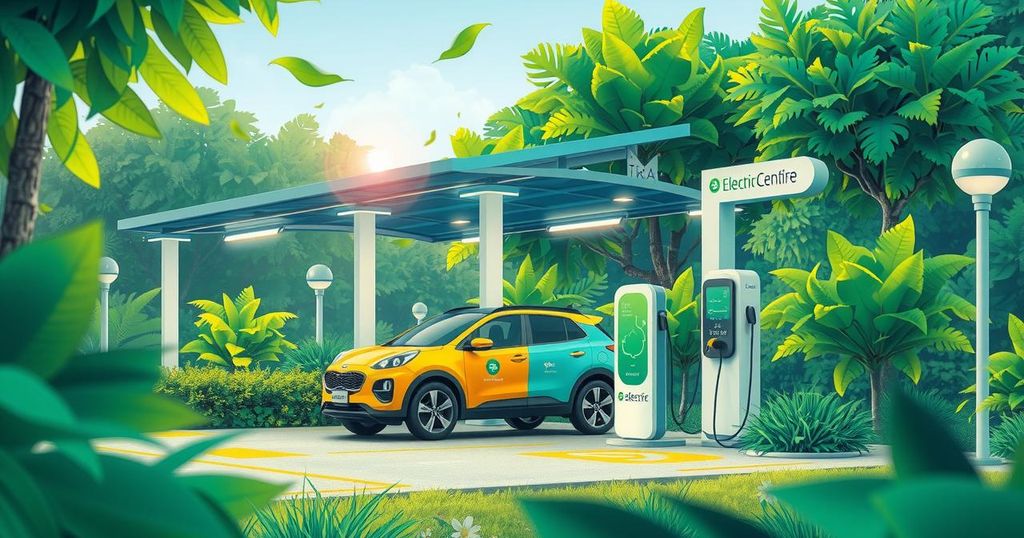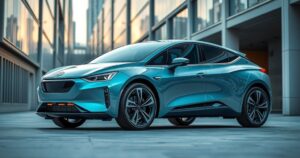Kenya Embraces E-Mobility as Global Electric Vehicle Sales Surge

Kenya’s electric vehicle and motorcycle adoption is rising sharply, mirroring a global trend of increased electric mobility driven by climate goals. Global EV sales grew by 25% in 2024, with China leading in adoption. Kenya’s electric mobility energy consumption surged by 466%, although it accounted for only 0.03% of total energy use, with industrial and domestic users being the largest consumers of electricity.
Kenya is witnessing a rapid increase in the adoption of electric vehicles (EVs) and motorcycles, reflecting a global trend driven by climate change initiatives. The International Energy Agency (IEA) reports a 25% surge in global EV sales for 2024, reaching over 17 million units, a significant rise from less than 14 million in 2023. During this period, EVs accounted for over 20% of global car sales.
China leads the surge in EV adoption, contributing approximately two-thirds of global sales, and experiencing an annual growth rate of nearly 40%. Emerging markets and developing economies outside China are also showing remarkable growth, with an 80% year-on-year increase in EV sales. In line with this trend, Kenya’s electric mobility sector saw energy consumption spikes of 466% in the last six months of 2024.
The Energy and Petroleum Regulatory Authority (EPRA) indicates that energy use in electric mobility, which includes cars and motorcycles, jumped from 0.32 GWh to 1.81 GWh during the review period. Despite this impressive growth, electric mobility remains a small fraction of Kenya’s total energy consumption, accounting for only 0.03%.
In the same report, EPRA highlighted that industrial users are the largest consumers of electricity in Kenya, with a consumption of 2,807.10 GWh, representing 51.18% of total usage, reflecting increased industrial activity. Domestic consumers follow, utilizing 1,728.19 GWh, up from 1,599.33 GWh the previous year, while small commercial entities consumed 902.94 GWh, an increase from the prior year. Conversely, street lighting consumption decreased, reflecting the shifting energy usage dynamics in the country.
In summary, as Kenya aligns with global e-mobility trends, the data shows marked increases in electricity consumption for electric vehicles, even as the overall share of e-mobility in total energy consumption remains minimal. Industrial and domestic sectors dominate energy use, showcasing the need for balanced energy development and infrastructure enhancement to support this rising demand for electric transportation.
Kenya’s growing embrace of electric mobility reflects a broader global shift towards sustainable transportation amid increasing EV sales. The statistics show significant surges in energy consumption from electric vehicles, yet they still represent a tiny fraction of the total energy consumed. As industrial and domestic energy usage remains predominant, Kenya must continue to develop its energy infrastructure to accommodate the evolving demands of e-mobility.
Original Source: eastleighvoice.co.ke




